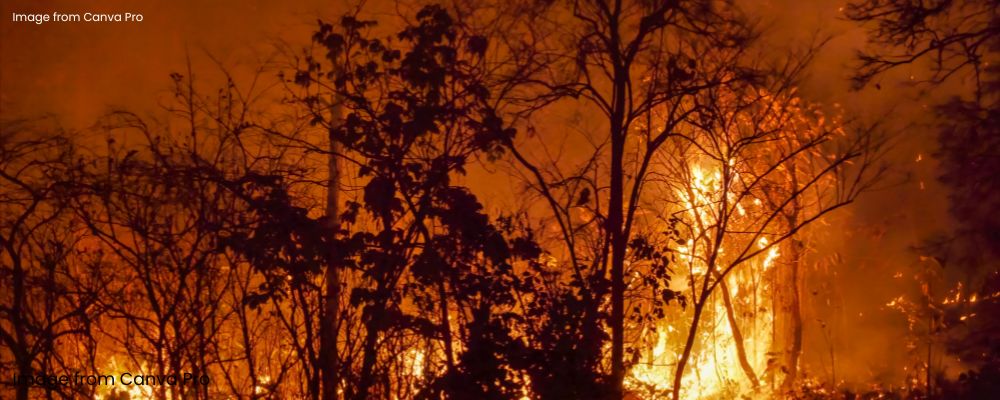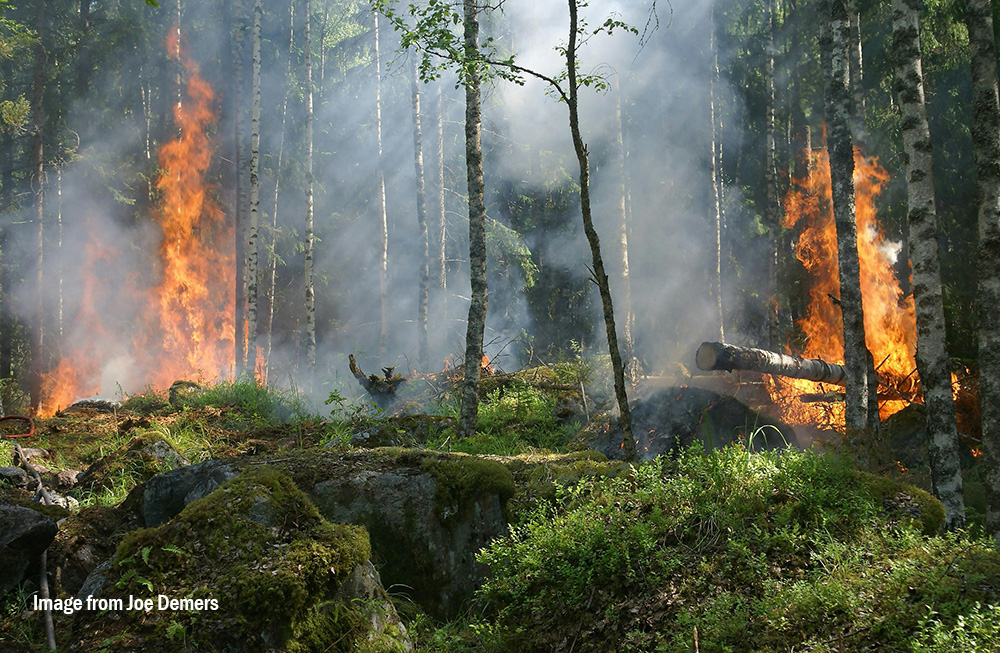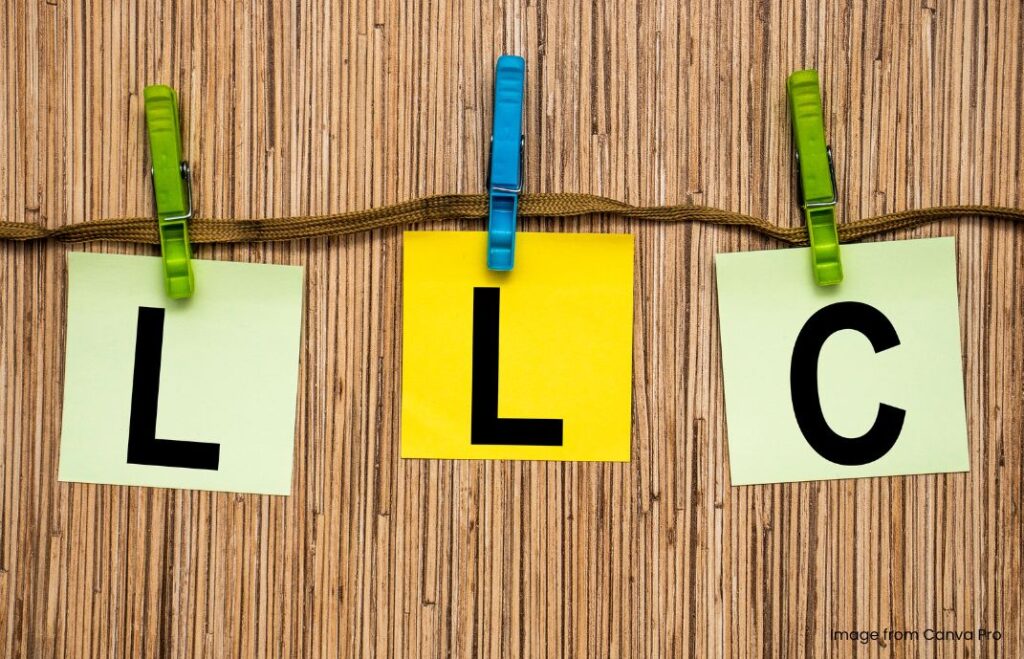
By Joe Demers, Licensed Civil Engineer at Alpha Structural, Inc.
The statistics paint a sobering picture: California has experienced 54,615 wildfire incidents and 4.7 million acres burned this year alone, according to the National Interagency Fire Center. Recent reports indicate that wildfire damage has ballooned to more than $250 billion, making it one of the costliest natural disasters in U.S. history. Yet beyond these staggering numbers lies a more troubling reality—millions of California homes built before modern fire codes remain vulnerable, creating compounding risks that extend far beyond the flames themselves.

Fire season now starts weeks earlier and lasts longer than ever before, with wildfire activity already trending above normal across both Northern and Southern California. The combination of rising temperatures, drought, and expanding development into wildland areas is fundamentally reshaping the structural risk profile for residential and commercial properties. For property owners, the question is no longer whether wildfires will threaten their assets, but whether their structures are equipped to withstand and recover from these increasingly frequent disasters.
article continues after advertisement
Wildfire’s Silent Toll: Interconnected Structural Risks
The most dangerous misconception property owners hold is viewing fire damage as a surface-level problem. Fire doesn’t just consume—it systematically weakens load-bearing systems, chars structural beams, warps foundation anchors, and causes critical cracking in concrete foundations. Even when homes appear “intact” from the outside, residual heat exposure and smoke infiltration can degrade materials over time, compromising long-term safety in ways that become apparent only during the next disaster.
California’s unique risk profile creates particularly dangerous scenarios where fire-damaged structures face subsequent seismic events. When fire burns through lateral resistance systems—the structural elements designed to help buildings withstand earthquake forces—it creates a cascade of vulnerabilities that transform manageable risks into potentially catastrophic failures. Properties that might survive either a fire or an earthquake independently become extremely hazardous when both disasters compound.

The critical warning signs of structural compromise often remain concealed, particularly within the seldom-inspected areas of a property. Significant structural damage, such as foundation cracks, bent concrete anchors, and compromised framing within crawl spaces and attics, frequently goes unnoticed by superficial assessments. Homeowners, typically lacking regular access or inclination to inspect these hidden zones, may remain unaware of severe foundational deterioration, as the apparent stability of the building’s main floors can deceptively mask profound underlying issues.
Strategic Upgrades for Fire Resilience: Transforming Vulnerability into Competitive Advantage
Forward-thinking property owners are discovering that strategic upgrades for fire resilience deliver benefits extending far beyond disaster preparedness. When properly integrated with planned renovations and maintenance schedules, fire-resistant upgrades create long-term value while strengthening structural resilience against multiple threat vectors.
The most impactful upgrades focus on preventing fire spread and protecting critical structural elements. Non-combustible roofing materials represent the single most effective upgrade, as floating embers can travel significant distances and ignite wood shingle roofs far from the primary fire source. Similarly, ember-resistant vents and automatic seismic gas shutoff valves create dual protection against both fire spread and post-disaster hazards.

Cost-Effective Strategic Upgrades:
- Material Substitution: Replace wood structural elements with steel framing where feasible, particularly in vulnerable areas like roof systems and exterior walls. Metal studs can substitute for wood studs in most applications, providing superior fire resistance without significant cost increases.
- Integrated Safety Systems: Install automatic gas shutoff valves during routine utility upgrades. These devices, triggered by seismic activity or rapid pressure changes, prevent gas-fed fires that often cause more structural damage than the initial disaster.
- Targeted Hardening: Focus upgrades on the most vulnerable structural connections—foundation anchors, beam-to-column connections, and roof-to-wall interfaces—where fire damage creates the greatest long-term instability.
Strategic timing amplifies these benefits significantly. Coordinating fire-resilient upgrades with structural retrofits, planned renovations, tenant improvements, or routine maintenance eliminates redundant construction phases while maximizing cost efficiency. Property owners who view fire upgrades as isolated compliance exercises miss critical opportunities to create comprehensive resilience strategies.
Shaping the Future: Proactive Resilience in a Changing Climate
The evidence is clear: proactive upgrades that improve disaster resilience reduce the risk of catastrophic loss and make recovery more manageable. Insurance incentives for fire-resistant materials—Class A roofs, non-combustible siding, and defensible space maintenance—are already shifting market dynamics toward resilience-based property valuations. Properties that integrate comprehensive fire and seismic protection today position themselves as premium assets in an increasingly risk-conscious marketplace.
article continues after advertisement
The broader implications extend beyond individual property protection. Each structure strengthened today reduces tomorrow’s community-wide recovery costs, insurance losses, and displacement patterns. As climate trends continue driving earlier fire seasons and longer burning periods, the properties equipped with comprehensive structural resilience will define the communities that recover quickly versus those that face prolonged rebuilding cycles.
For property owners ready to embrace this transformation, the immediate priority is to have the property evaluated by a knowledgeable fire mitigation professional to understand existing vulnerabilities. Early involvement from a structural engineering contractor ensures that fire-resilience upgrades integrate seamlessly with seismic and foundation improvements—creating compound benefits that maximize safety and return on investment.
The next major natural disaster will not wait for perfect preparation, but strategic action today ensures that when it arrives, our properties—and the communities they anchor—are positioned not just to survive, but to emerge stronger and more valuable than before.
About Joe Demers

Joe Demers is a licensed Civil Engineer at Alpha Structural, Inc., where he plays a key role in designing and implementing efficient, code-compliant solutions for seismic retrofitting, structural repair, and foundation stabilization across Southern California. Since joining Alpha Structural in 2016, Joe has become an integral part of the organization’s operations—bridging the gap between engineering design and practical, on-site execution.
With over 18 years of experience in structural design and repair, Joe specializes in diagnosing complex engineering challenges and translating them into actionable, cost-effective solutions. His expertise spans every project phase—from initial structural assessments to construction oversight—ensuring that each retrofit or repair enhances both safety and long-term property value.
Joe is passionate about increasing public awareness around the importance of seismic resilience and proactive retrofitting. He advocates for practical upgrades that help property owners strengthen aging buildings against earthquakes and fires while improving community safety and sustainability.
For more about Alpha Structural, visit http://www.alphastructural.com










































